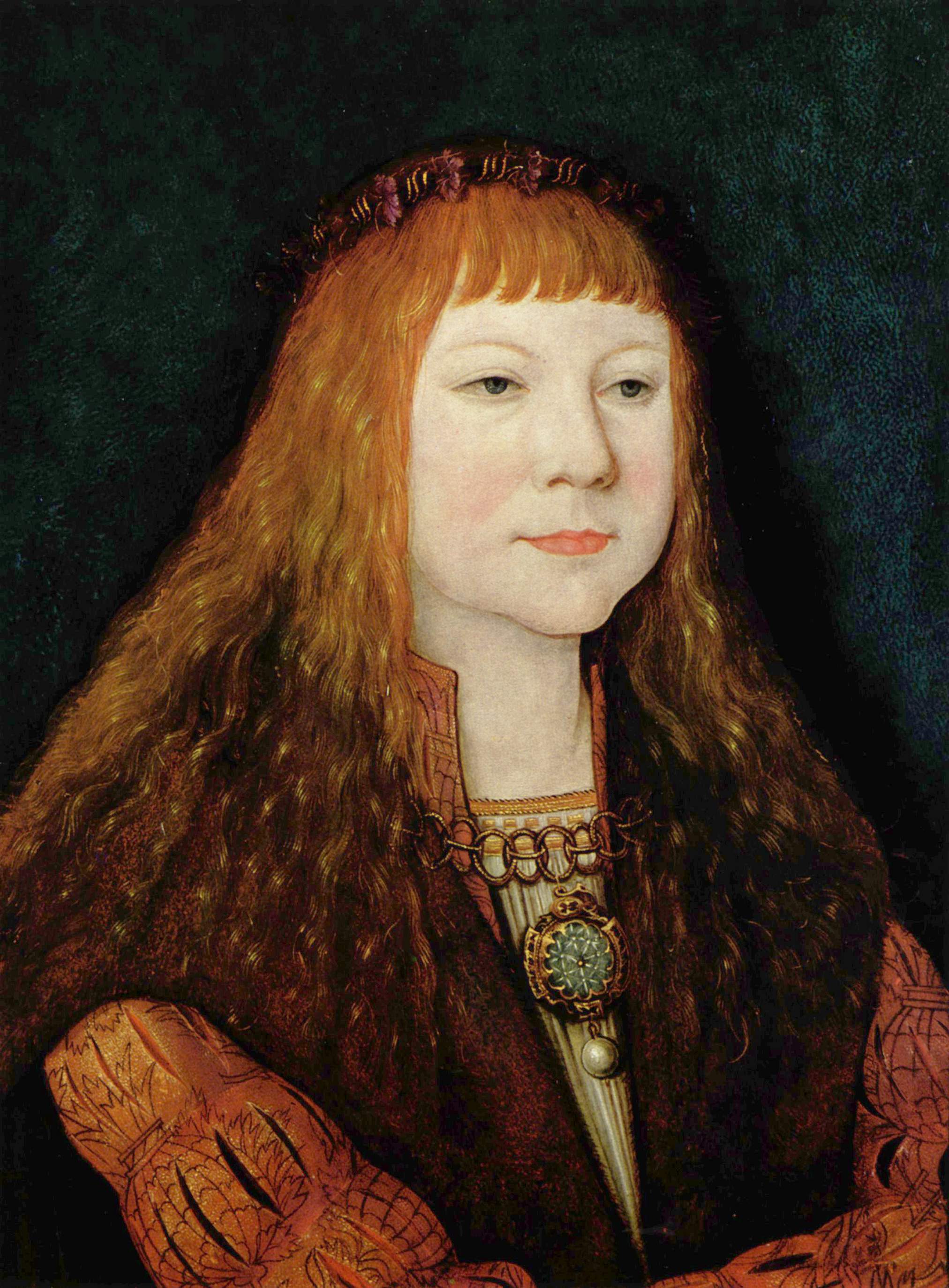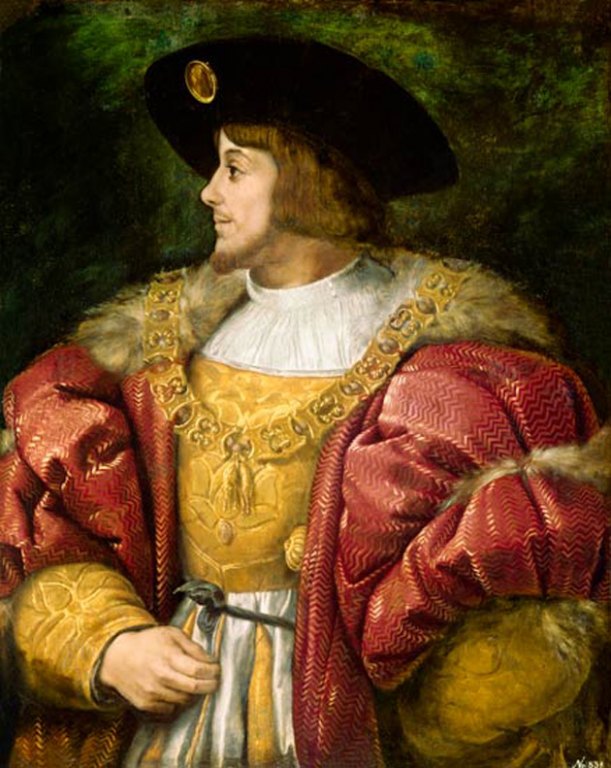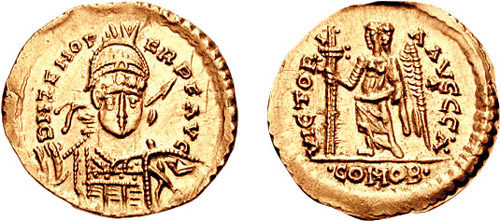|
Petar Kružić
Petar Kružić (16 October 1491 – 12 March 1537) was a Croatian knez (title), knez, captain (land), captain, soldier and defender of Klis, and the captain of Senj. In the early 16th century Petar Kružić ''(knez of Klis)'' defended the Fortress of Klis, Klis Fortress against Ottoman Empire, Turkish invasion. He died in 1537 trying to break yet another siege by the Ottomans. After his death, the Klis defenders agreed to give the fortress to the Ottomans in exchange for their women, children and their own lives. In this way, the Ottomans finally conquered the Klis Fortress after almost two and a half decades of its successful defense. Origin He was a native of Kruge, Lika-Senj County, Krug in Nebljuh, a district of the same-titled tribe in the župa of Donji Lapac, Lapac in Lika. However, later chroniclers, and historians, mostly for local patriotic reasons, tried to appropriate and present him as one of their countrymen because he enjoyed incredible popularity as an anti ... [...More Info...] [...Related Items...] OR: [Wikipedia] [Google] [Baidu] |
Josip Horvat Međimurec
Josip Horvat (; 18 February 1904 – 2 June 1945) was a Croatian painter. Horvat was born to Dragutin and Marija Horvat in Čakovec. He attended elementary school in Čakovec, and grade school in Nagykanizsa and Pest, Hungary, Pest. He then attended the Academy of Fine Arts Vienna from 1917 to 1923. Life and work He started working in Zagreb in 1924, supported by patron Antun Ullrich, and worked there until his death, shortly after the World War II, Second World War. Having been accused of collaboration with authorities of the Independent State of Croatia, he was executed by the Yugoslav Partisans, without trial. The place of his burial is unknown. Josip Horvat illustrated the following books: * Dragutin Nemet: "Prince Zoran" * Mark Šeparović: "Croatian history grandfather granddaughter" * Milutin Majer: "Tatars in Croatia" He also illustrated novels Marija Jurić Zagorka coming out in installments in Jutarnji list 1929 to 1931. Exhibitions *Art Pavilion in Zagreb 16 ... [...More Info...] [...Related Items...] OR: [Wikipedia] [Google] [Baidu] |
Ottoman Empire
The Ottoman Empire (), also called the Turkish Empire, was an empire, imperial realm that controlled much of Southeast Europe, West Asia, and North Africa from the 14th to early 20th centuries; it also controlled parts of southeastern Central Europe, between the early 16th and early 18th centuries. The empire emerged from a Anatolian beyliks, ''beylik'', or principality, founded in northwestern Anatolia in by the Turkoman (ethnonym), Turkoman tribal leader Osman I. His successors Ottoman wars in Europe, conquered much of Anatolia and expanded into the Balkans by the mid-14th century, transforming their petty kingdom into a transcontinental empire. The Ottomans ended the Byzantine Empire with the Fall of Constantinople, conquest of Constantinople in 1453 by Mehmed II. With its capital at History of Istanbul#Ottoman Empire, Constantinople (modern-day Istanbul) and control over a significant portion of the Mediterranean Basin, the Ottoman Empire was at the centre of interacti ... [...More Info...] [...Related Items...] OR: [Wikipedia] [Google] [Baidu] |
Louis II Of Hungary
Louis II (; ; ; ; 1 July 1506 – 29 August 1526) was King of Hungary, King of Croatia, Croatia and King of Bohemia, Bohemia from 1516 to 1526. He died during the Battle of Mohács fighting the Ottoman Empire, Ottomans, whose victory led to the Ottoman Ottoman Hungary, annexation of large parts of Hungary. Early life At his premature birth in Buda on 1 July 1506, the court doctors kept him alive by slaying animals and wrapping him in their warm carcasses as a primitive incubator. He was the only son of Vladislaus II of Hungary, Vladislaus II Jagiellon dynasty, Jagiellon and his third wife, Anne of Foix-Candale. Coronation Vladislaus II took steps to ensure a smooth succession by arranging for the boy to be crowned in his own lifetime; the coronation of Louis as king of Hungary took place on 4 June 1508 in Székesfehérvár Basilica, and his coronation as king of Bohemia was held on 11 March 1509 in St. Vitus Cathedral in Prague. King of Hungary and Croatia In 1515 Louis II w ... [...More Info...] [...Related Items...] OR: [Wikipedia] [Google] [Baidu] |
King Of Hungary
The King of Hungary () was the Monarchy, ruling head of state of the Kingdom of Hungary from 1000 (or 1001) to 1918. The style of title "Apostolic King of Hungary" (''Magyarország apostoli királya'') was endorsed by Pope Clement XIII in 1758 and used afterwards by all monarchs of Hungary. The term "King of Hungary" is typically capitalized only as a title applied to a specific person; however, within this article, the terms "Kings of Hungary" or "Junior Kings" (etc.) are also shown in capital letters, as in the manner of philosophical writing which capitalizes concepts such as Truth, Kindness and Beauty. Establishment of the title Before 1000 AD, Hungary was not yet recognized as a kingdom by the Pope and the List of rulers of Hungary, ruler of Hungary was styled Grand Prince of the Hungarians. The first King of Hungary, Stephen I of Hungary, Stephen I. was crowned on 25 December 1000 (or 1 January 1001 in the proleptic calendar) with the crown Pope ... [...More Info...] [...Related Items...] OR: [Wikipedia] [Google] [Baidu] |
Solin
Solin is a town and a suburb of Split, in Split-Dalmatia county, Croatia. It is situated right northeast of Split, on the Adriatic Sea and the river Jadro. Solin developed on the location of ancient city of ''Salona'', which was the capital of the Roman province of Dalmatia and the birthplace of Emperor Diocletian. After the arrival of Avars and Croats in the 7th-century, the town was destroyed, and its refugees moved to the settlement in and around Diocletian's palace, "Spalatum" (Split), turning it into a fortified town. In the Early Middle Ages, Solin was part of Croatian territory and played an important role in the Medieval Croatian state, being one of the political centres. In the 20th century, the intensive industrialisation process of the Split basin made Solin no more than a suburb of Split. Today, with its independent municipal status, Solin is part of the Split conurbation, well connected with other towns. Lately, besides industry, tourism is being developed base ... [...More Info...] [...Related Items...] OR: [Wikipedia] [Google] [Baidu] |
Battle Of Mohács
The Battle of Mohács (; , ) took place on 29 August 1526 near Mohács, in the Kingdom of Hungary. It was fought between the forces of Hungary, led by King Louis II of Hungary, Louis II, and the invading Ottoman Empire, commanded by Suleiman the Magnificent and his grand vizier, Pargalı Ibrahim Pasha. The Ottomans achieved a decisive victory through superior planning, firepower, and a well-executed encirclement that overwhelmed the Hungarian forces. The Hungarian army, encouraged by the nobility to engage prematurely, launched a frontal assault that collapsed under coordinated Ottoman counterattacks. King Louis and much of the Hungarian aristocracy were killed, resulting in the destruction of the royal army and the end of the Jagiellonian dynasty in Hungary and Bohemia. The aftermath saw the partition of Hungary between the Ottoman Empire, the Habsburg monarchy, and the Eastern Hungarian Kingdom. The battle marked the beginning of sustained Ottoman–Habsburg wars and the ... [...More Info...] [...Related Items...] OR: [Wikipedia] [Google] [Baidu] |
Grgur Orlović
Grgur ( sr-cyr, Гргур) is a Serbo-Croatian masculine given name, a variant of Greek ''Grēgorios'' (, , English: Gregory) meaning "watchful, alert". It has been used in Serbian society since the Middle Ages. It may refer to: * Grgur Ninski (fl. 925-929), Croatian bishop * Grgur III Šubić Bribirski (d. 1235), Croatian nobleman * Grgur Kurjaković (fl. 1325), Croatian nobleman * Grgur Preljub (1312–1355), Serbian nobleman * Grgur Golubić (fl. 1347-1361), Serbian nobleman *Grgur Branković (1415–1459), Serbian nobleman *Grgur Vukosalić (d. 1436), Serbian nobleman *Grgur Radoš (b. 1988), Croatian footballer See also *Other Serbo-Croatian variants and diminutives include Grigorije, Grigor, Grga, etc. *Grgurević, surname *Grgić, surname *Sveti Grgur, an uninhabited island in Croatia *Grgurići Grgurići is a village in the Township of Livno in Canton 10 of the Federation of Bosnia and Herzegovina, an entity of Bosnia and Herzegovina Bosnia and Herzegovina, sometim ... [...More Info...] [...Related Items...] OR: [Wikipedia] [Google] [Baidu] |
Petar Berislavić
Petar Berislavić (or Péter Beriszló in Hungarian) ( Trogir, 1475 – 20 May 1520), a member of the Berislavići Trogirski noble family, was the Ban (viceroy) of Croatia from 1513 to 1520 and also bishop of Veszprém. Petar was born in Trogir. Before he became Ban he rose to the title of bishop of Veszprém in the Roman Catholic Church. He is most known for being one of the leaders of the Croats during the Ottoman invasions into their territory. He is also said to have been an associate of the writer Marko Marulić. Petar had two decisive victories against the Ottoman force. The first in 1513 at the battle of Dubica and the second in 1518 near Jajce. In 1520 he was killed and beheaded after the battle of Plješevica between Bihać Bihać is a city and the administrative centre of Una-Sana Canton of the Federation of Bosnia and Herzegovina, an entity of Bosnia and Herzegovina. It is situated on the banks of river Una (Sava), Una in northwestern Bosnia and Herzegovina, ... [...More Info...] [...Related Items...] OR: [Wikipedia] [Google] [Baidu] |
Ban (title)
Ban () was the title of local rulers or officeholders, similar to viceroy, used in several states in Central Europe, Central and Southeast Europe, Southeastern Europe between the 7th and 20th centuries. The most common examples have been found in medieval Croatia and medieval regions ruled and influenced by the Kingdom of Hungary. They often ruled as the king's governmental representatives, supreme military commanders and judges, and in 18th century Croatia, even as chief government officials. In the Banate of Bosnia they were always ''de facto'' supreme rulers. Historical sources The first known mention of the title ''ban'' is in the 10th century by Constantine VII, Constantine VII Porphyrogenitus, in the work ''De Administrando Imperio'', in the 30th and 31st chapter "Story of the province of Dalmatia" and "Of the Croats and of the country they now dwell in", dedicated to the Croats and the Croatian organisation of their medieval state. In the 30th chapter, describing in Medieval ... [...More Info...] [...Related Items...] OR: [Wikipedia] [Google] [Baidu] |
Klis Fortress
The Klis Fortress (; ) is a medieval fortress situated above the village of Klis, near Split, Croatia. From its origin as a small stronghold built by the ancient Illyrian tribe Dalmatae, to a role as royal castle and seat of many Croatian kings, to its final development as a large fortress during the Ottoman wars in Europe, Klis Fortress has guarded the frontier, being lost and re-conquered several times throughout its 2,000-year history. Due to its location on a pass that separates the mountains Mosor and Kozjak, the fortress served as a major source of defense in Dalmatia, especially against the Ottoman Empire. It has been a crossroad between the Mediterranean Sea and the Balkans. Since Duke Mislav of the Duchy of Croatia made Klis Fortress the seat of his throne in the middle of the 9th century, the fortress served as the seat of many Croatia's rulers. His successor, Duke Trpimir I, is significant for spreading Christianity in the Duchy of Croatia. He expanded the Kl ... [...More Info...] [...Related Items...] OR: [Wikipedia] [Google] [Baidu] |
Republic Of Poljica
The Republic of Poljica or duchy (, in older form ''Poljička knežija'') was an autonomous community which existed in the late Middle Ages and the early modern period in central Dalmatia, near modern-day Omiš, Croatia. It was organized as a "peasants' republic" and is best known because of the Poljica Statute (14-15th century). Etymology The name ''poljica'' stems from the word ''polje'' for "field", karst polje in particular, a common geographic feature in the area. The Poljica region was first titled a "republic" by the Venetian writer Alberto Fortis in 1774. It was also known as Poglizza (in Italian). Legal system Poljica is best known for the Poljica Statute, eponymous statute. The oldest preserved revision is from 1440, it refers to an older one from the 14th century, and was further revised in 1475, 1515, 1665, and on several occasions up to the 19th century, growing to 116 articles. It is today kept in Omiš's museum. This document contains a description of the Poljica ... [...More Info...] [...Related Items...] OR: [Wikipedia] [Google] [Baidu] |
Lika
Lika () is a traditional region of Croatia proper, roughly bound by the Velebit mountain from the southwest and the Plješevica mountain from the northeast. On the north-west end Lika is bounded by Ogulin-Plaški basin, and on the south-east by the Malovan pass. Today most of the territory of Lika (Brinje, Donji Lapac, Gospić, Lovinac, Otočac, Perušić, Plitvička Jezera, Udbina and Vrhovine) is part of Lika-Senj County. Josipdol, Plaški and Saborsko are part of Karlovac County and Gračac is part of Zadar County, and it takes up about 12% of Croatia, Croatia's land area. Major towns include Gospić, Otočac, and Gračac, most of which are located in the karst poljes of the rivers of Lika (river), Lika, Gacka and others. The Plitvice Lakes National Park and Northern Velebit National Park are also in Lika. History Antiquity Since the first millennium BC the region was inhabited by the Iapodes, an ancient people related to Illyrians. During the Gallic invasion of the Balk ... [...More Info...] [...Related Items...] OR: [Wikipedia] [Google] [Baidu] |




